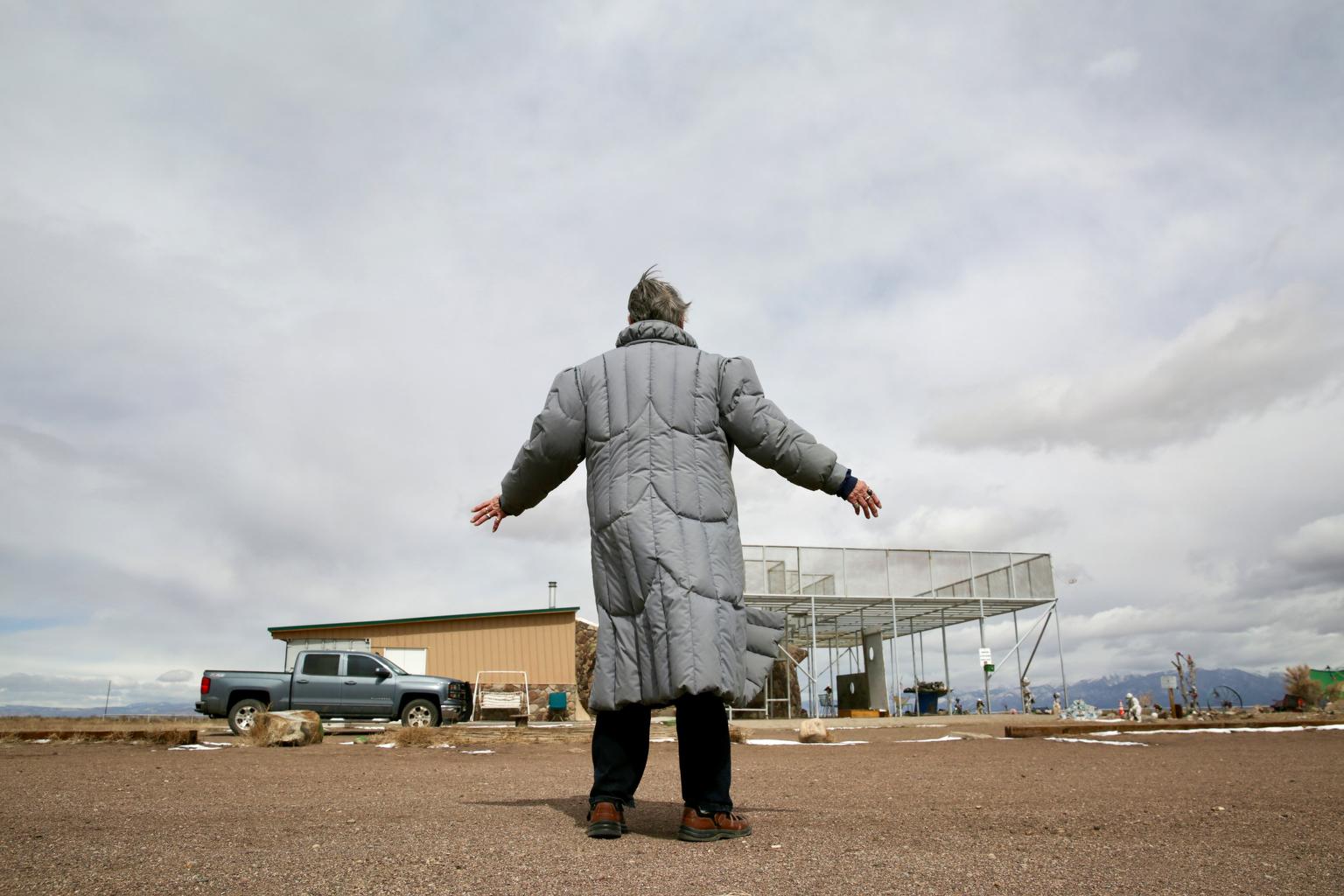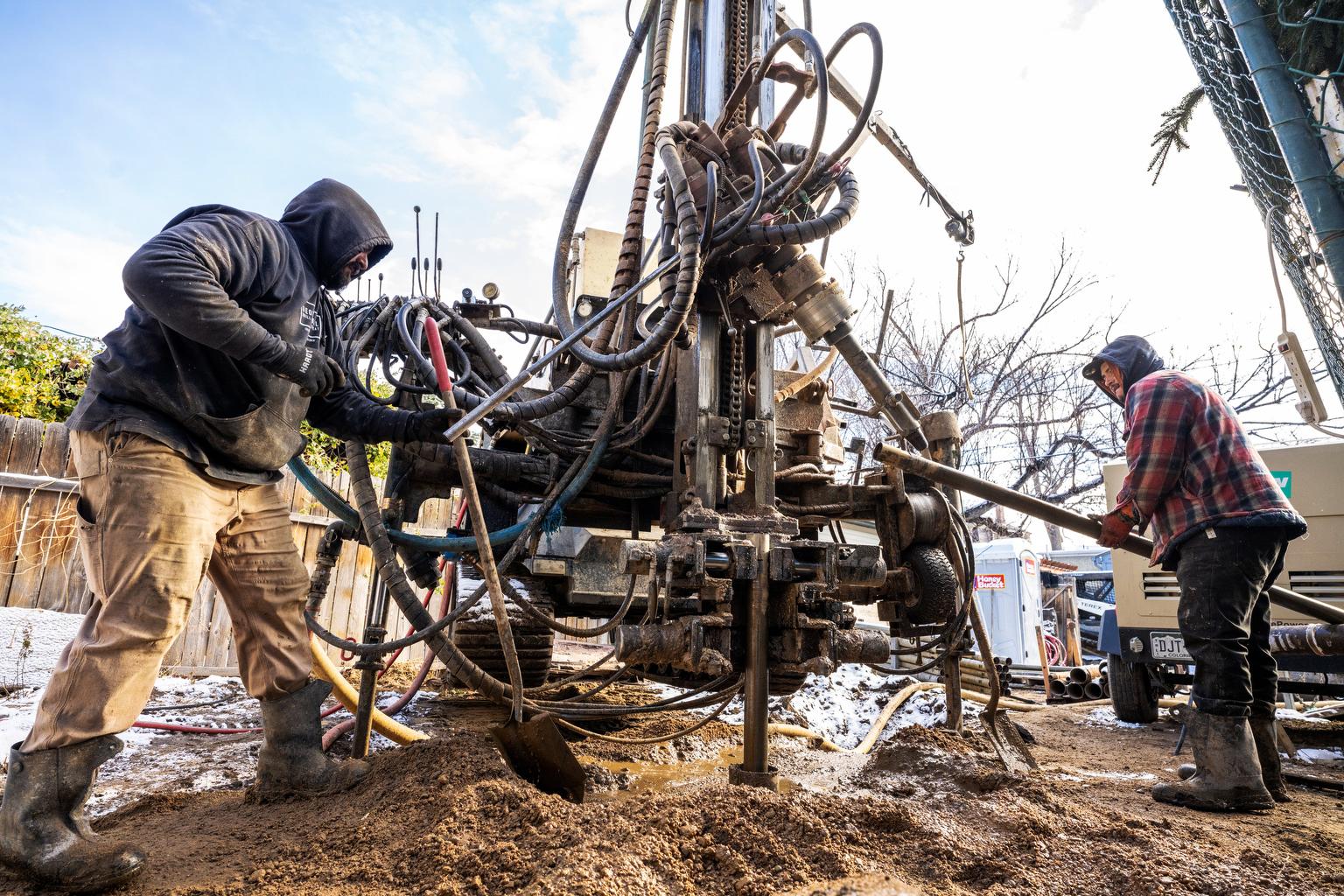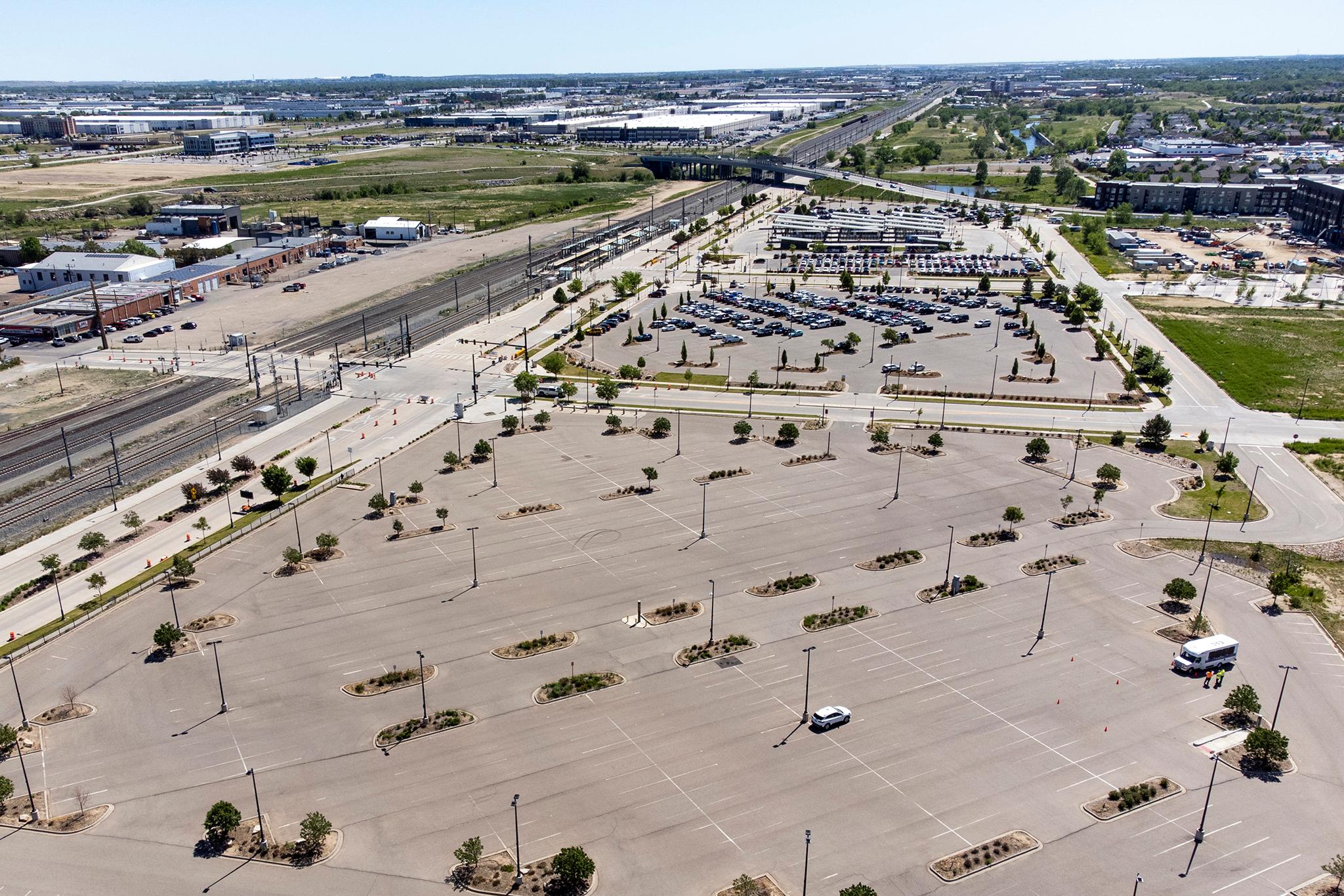
A large affordable housing complex near a busy Denver transit hub could soon be one key step closer to reality.
The Regional Transportation District board of directors will vote next week on whether to go into exclusive negotiations with the Ulysses Development Group, which has proposed building more than 800 units of affordable housing on top of part of the underused Central Park park-and-ride.
If the development is ultimately built and occupied, it could amount to a big win for residents desperate for cheaper rent in an increasingly expensive city — and serve as a blueprint for the type of car-light housing development that Gov. Jared Polis and other state leaders have been pushing in recent years.
More housing near transit would be a boon for RTD itself, too. The transit agency built a massive commuter-focused rail network that has largely seen disappointing ridership numbers, especially since the pandemic.
Converting empty parking lots into housing could be a sustainable way to help build ridership back up, said Chessy Brady, RTD’s transit-oriented development manager.
“I'm very hopeful that this sea of parking spaces could be something else,” she said on a recent afternoon as she stood on the hot asphalt of the Central Park park-and-ride. “It’s sitting here wasting away.”
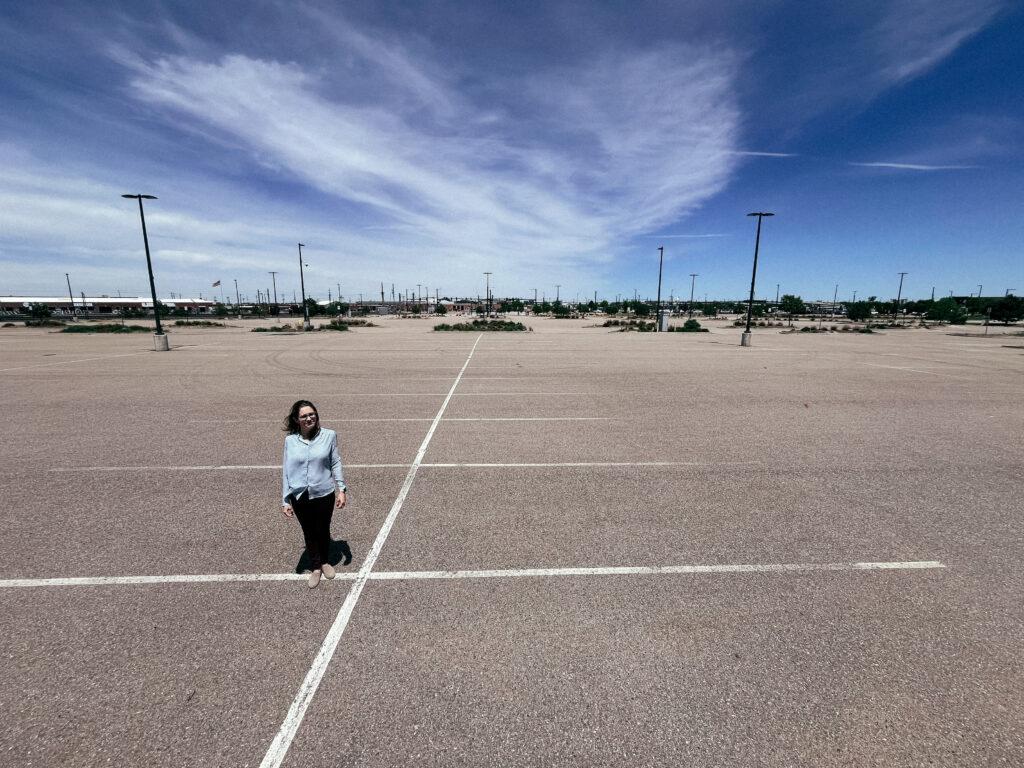
During RTD’s rail-building era, it went all in on drivers and their cars.
RTD officials dreamed of rail from its very beginning as a bus-only agency in the late 1960s and early 1970s. By the 1990s, when it finally started laying track, the agency largely avoided dense city neighborhoods that originally were built around street cars because, in part, of neighborhood opposition.
Over the next three decades, RTD would instead build most rail lines in and near freight rail corridors and highways that sliced deep into the Denver suburbs. Nearly every rail station is accompanied by a large parking lot or garage designed to woo suburban commuters.
"People have cars, and cars are wonderful," RTD's former CEO and general manager Cal Marsella, said in 2009. "They're just not good for every trip. If we could get people to drive a mile or two to a park-and-ride, take the train in, leave their car at home, we solved a problem … It's a great model, and it works."
That model worked, at least on some lines. Thousands of commuters regularly filled up parking lots at stations along the agency’s first two light rail lines in the southwest and southeast suburbs in the 2000s and 2010s.
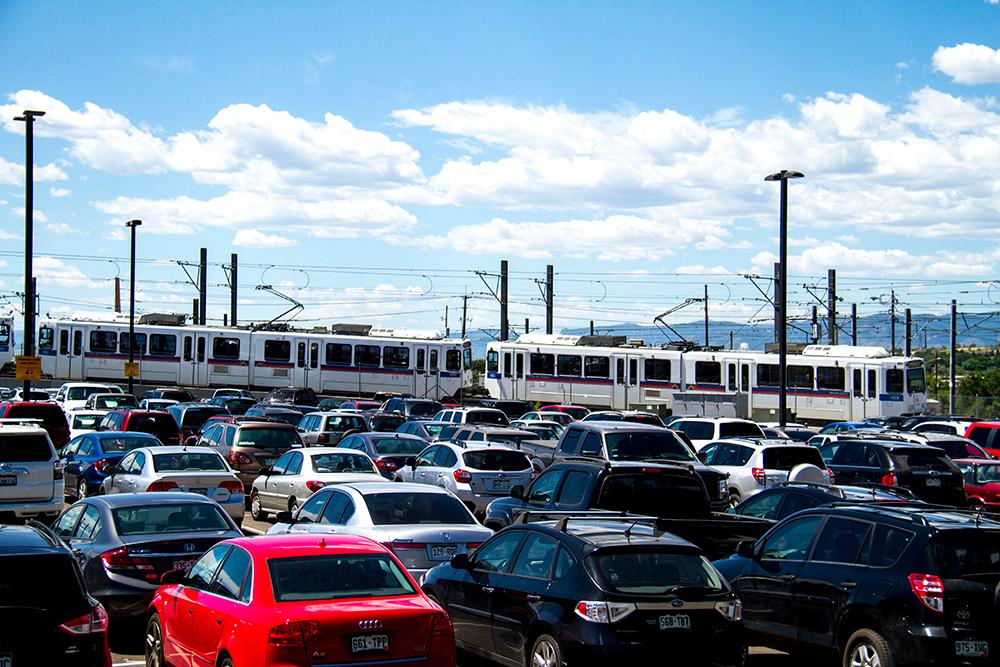
But for RTD’s next round of rail lines, which opened in the 2010s and 2020, ridership has never met its initial projections. And usage data obtained by CPR News through an open records request suggests RTD overbuilt many of its parking lots — even before the pandemic kept commuters at home.
That appears to be especially true on the W Line between Golden and downtown Denver. The parking data show the 1,000-spot parking garage at the Wadsworth station was only 28 percent full in 2019, for example. Only about 150 cars were parked in the 800-spot Sheridan station garage when staff counted that year.
Then, the pandemic decimated ridership and parking lot usage across RTD’s system. Among RTD’s largest park and rides, those located near Denver International Airport have recovered the most. But the data show that many others are around 25 percent to 30 percent full — and some are even emptier.
It’s possible some commuters will return if and when RTD restores the transit service it cut during the pandemic and resolves disruptive maintenance issues currently plaguing some light rail lines.
But the glut of empty spaces on lines that are reliable and operating well, like the A Line, suggests that RTD on the whole has more parking than its customers need. Its 80-plus lots and garages at bus and rail stations collectively have more than 37,000 parking spots.
“We have built something that is Papa Bear parking,” RTD board member Doug Tisdale said in a recent board meeting about the Central Park project. “And our usage has definitely been Mama Bear on a diet.”
So RTD now wants more than cars on its property. It wants new homes, too.
RTD has long encouraged new housing to be built near its stations; more than 40,000 units have opened in the last quarter century. It’s also selling land at 29th and Welton Street in Five Points at a discount that will soon hold 62 affordable condos.
Legislators have been pushing the development of more transit-oriented homes in a bid to lower housing costs and promote cleaner forms of transportation, like walking, biking and transit.
Lawmakers have loosened local parking restrictions and mandated a certain level of housing density in transit corridors. They also just removed the requirement that developers pay transit agencies fair market value for the use of their land, a move that could make more housing projects economically viable.
All of those efforts dovetail with RTD’s own shift in recent years to become far more aggressive in pursuing new housing on its own property — even if that property was once-coveted parking.
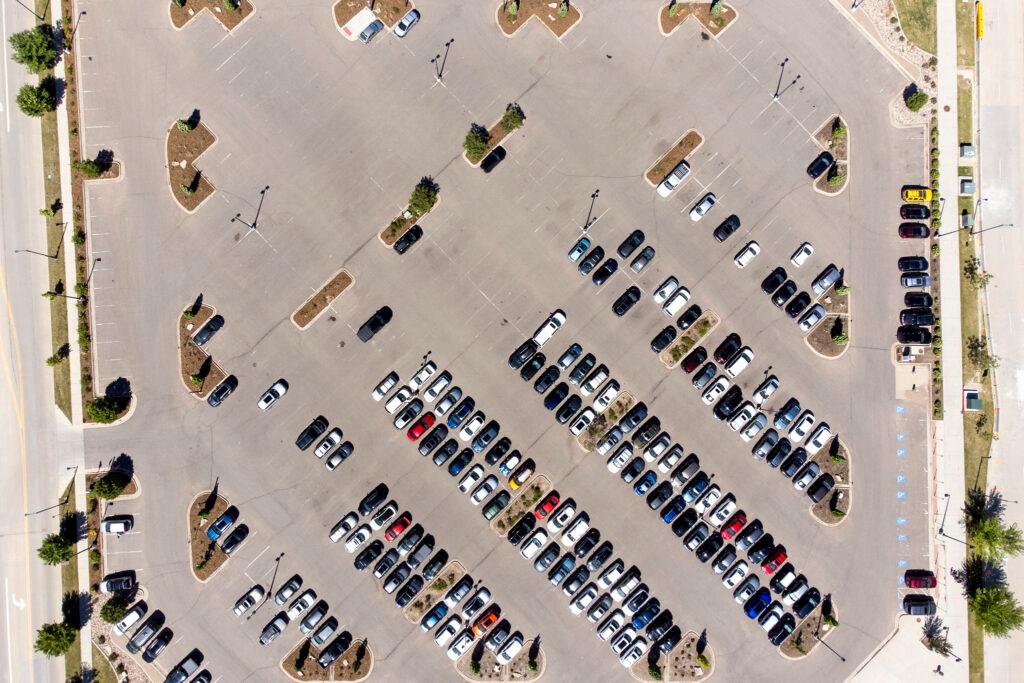
Zoning, market conditions, location, and other factors make most of RTD’s park-and-rides unsuitable for development, according to its own analysis. But that leaves about a dozen with at least some potential — and RTD is actively recruiting developers to take a look at them, said Connor Larr, a partner and co-founder of Ulysses Development Group.
“They really helped us hone in on a few sites,” Larr said. “And Central Park was massively, massively attractive for what we want to do.”
The area is already zoned for tall buildings and is steps from the A Line and multiple bus lines. The park-and-ride is RTD’s third-largest, containing more than 1,500 spaces. Of those, only about half were used prior to the pandemic. Usage now is less than 30 percent.
RTD would give up 650 spaces, likely through a long-term lease, for the development that would contain four towers of up to 14 stories and cover nearly six acres.
“These 650 spaces are providing or creating zero ridership,” RTD’s Brady said.
If all goes well, Larr said, the Central Park project will still take years to build. But he said his group already has its eyes on other RTD stations around the Denver metro area, too.
Transit advocates hope RTD’s shift will, over the long term, help boost ridership and create more vibrant communities around stations. They cite the Olde Town Arvada station, with its walkable mix of housing and businesses that sprouted around an interurban rail line more than 100 years ago, as a model for RTD, local governments, and developers to emulate.
“We need to find a way to build Olde Town Arvadas again,” said Richard Bamber, co-founder of the advocacy group Greater Denver Transit.

